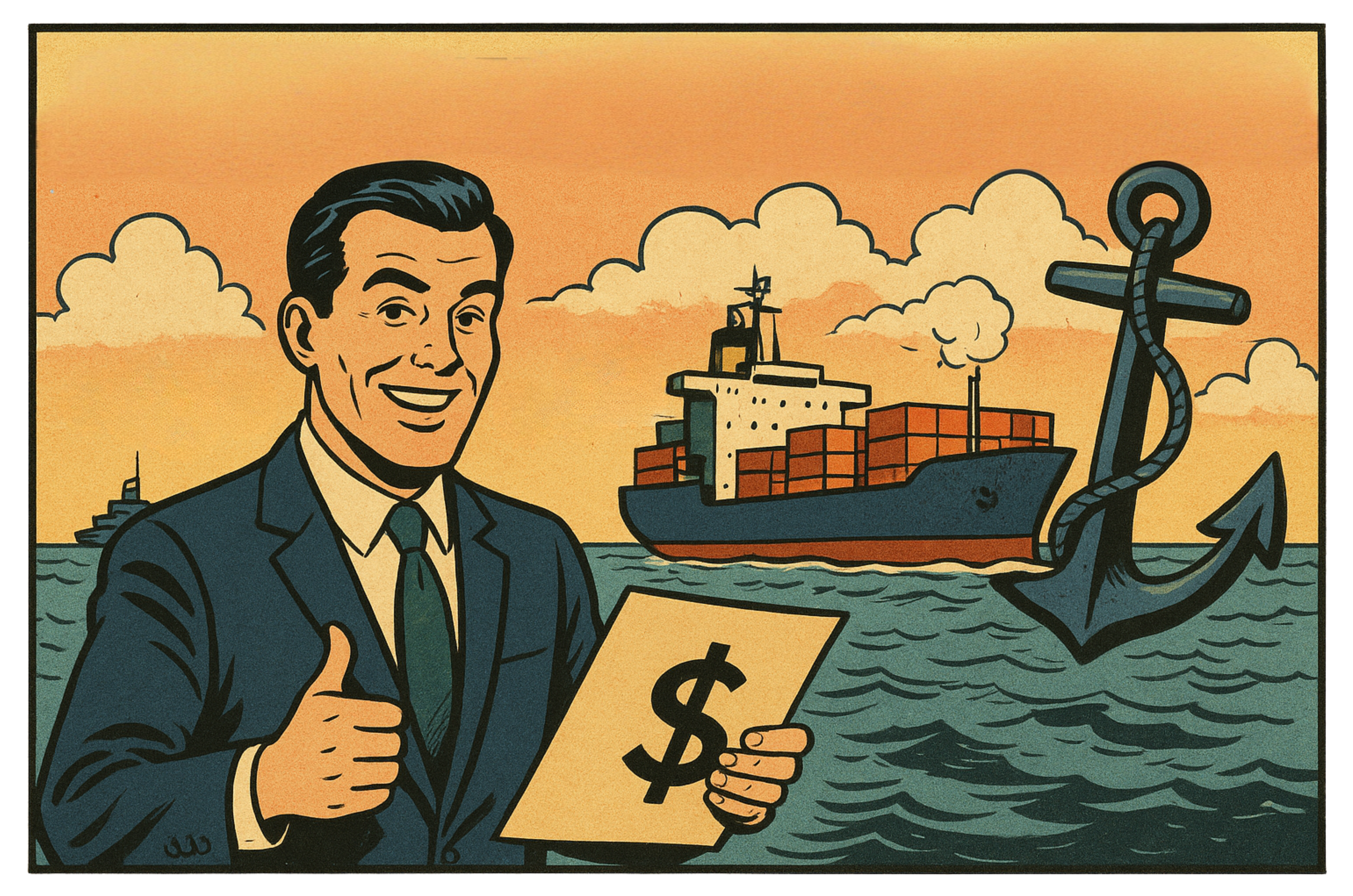Let's talk
Let us know which of the Shipnet Suite of software tools interests you, and we'll get back to you to discuss how we can help.
Sep 23, 2025

"Managing a fleet is complicated—disconnected systems make it unnecessarily frustrating."
Running ships is complex enough without having to fight through disconnected systems. Procurement, crewing, voyage costs, and dry-docking all generate endless lines of data. If that information doesn’t flow seamlessly into financial accounting tools, the result is frustration: duplicated effort, delayed reporting, and errors that can damage credibility with boards, auditors, or even investors.
For many shipping professionals, this isn’t just a business challenge - it’s a daily pressure. Nobody wants to spend their week chasing invoices or reconciling numbers that don’t add up. Finance teams want to trust the data they’re presenting. Operations want visibility into costs without waiting until month-end. Integration means fewer mistakes, smoother collaboration, and the breathing space to focus on the bigger picture.
When operational systems and finance tools work together, everyone benefits. Reports are accurate, processes are faster, and teams can rely on a single version of the truth. That builds confidence across the business, reduces unnecessary back-and-forth, and helps departments run more smoothly.
And while the gains are collective, they’re also personal. When tasks flow more easily and errors don’t creep in, your work feels lighter, deadlines less daunting, and you’re trusted to get on with the things that matter most.
Modern maritime ERP and fleet platforms are designed to bridge the operational–financial gap. Instead of re-keying data or waiting weeks for reconciliation, information moves automatically between ship systems and finance. For example:
A requisition raised onboard becomes an approved purchase order and will feed finance with accruals until final invoice is received.
Bunker costs logged during a voyage appear instantly in both the voyage P&L and the Bunker Inventory Accounts..
Crew wages and travel costs feed directly into payroll and tax postings without manual spreadsheets.
The outcome is simpler reporting, fewer errors, and the reassurance that you’re always working with reliable, up-to-date information.
| Maritime Module | Operational Data | Financial Touchpoint | Benefit |
| Procurement | Requisitions, supplier orders | Accounts payable, accruals | Less admin, stronger supplier control |
| Crewing | Payroll, travel, training costs | Payroll journals, tax postings | Accuracy, compliance, smoother payroll |
| Voyage Management | Fuel use, port fees, charter income | Revenue recognition, voyage P&L | Real-time view of voyage profitability |
| Dry Docking | Repairs, maintenance schedules | CAPEX/OPEX allocation, asset ledger | Predictable budgets, no hidden surprises |
| Technical / PMSD | Maintenance, repairs, parts usage | OPEX allocation across fleet, budgets | Forecasting costs, accurate OPEX transfer |
Shipnet’s own Finance module is a complete maritime accounting solution. But integration doesn’t stop there. Shipnet connects seamlessly with leading enterprise systems, including Microsoft Dynamics 365, SAP, Oracle NetSuite, IFS, and SunSystems — and can link with almost any general ledger via APIs or secure file transfer.
That flexibility means shipping companies don’t need to choose between their existing corporate ERP and a maritime-ready finance system. Shipnet can work with both, ensuring operational data always lands where it’s needed.
Maritime businesses need more than accounting - they need accounting that understands the complexities of shipping. Shipnet delivers by bridging the gap between ship operations and finance, reducing duplication and error, and providing real-time visibility across the organisation.
The impact is felt at every level: smoother workflows, stronger departmental performance, and the confidence that comes from knowing the numbers are right. And when departments run better, people do too - with fewer headaches, less chasing, and more trust in the work they deliver.
Shipnet doesn’t just connect operations and finance. It helps people and teams work better together — and it’s only getting better.
Ready to talk? Get in touch today ...

Graham Pegg
Shipnet Sales
Let us know which of the Shipnet Suite of software tools interests you, and we'll get back to you to discuss how we can help.